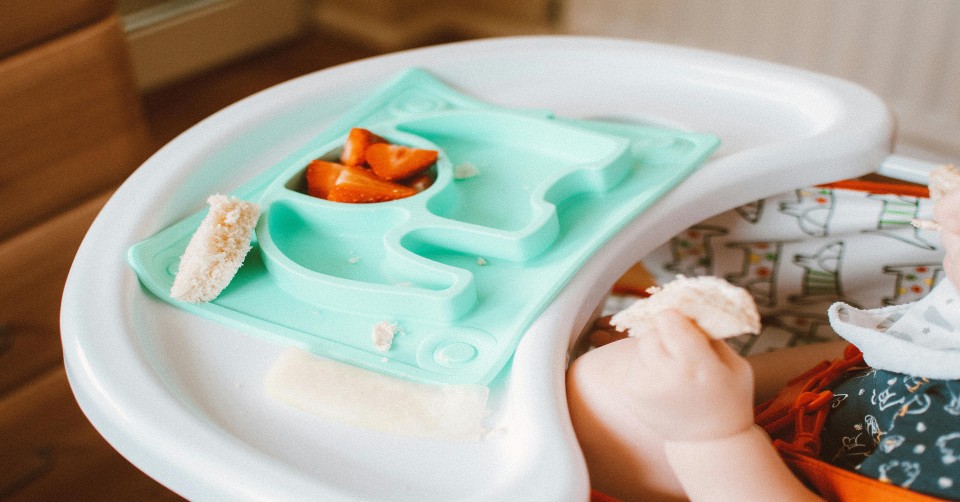Nutrition tips
10 Tips to getting your picky eater to eat healthily

Your child refuses to eat but a few foods? Plenty of parents complain about this frustrating problem!
Thankfully, there are simple steps you can follow to help overcome it.
-
Focus on Yourself:
Often, parents do what their child wants in order to avoid a mealtime fight… it’s a trap! Focus on the cues you give because they affect how your kid feels about food.
You should:
-
Respect Your Child’s Opinion:
Don’t force-feed a child who claims to be full or not hungry; force-feeding creates eating disorders that undermine the child’s senses of hunger or satiety.
Additionally, children’s palates are very sensitive, so maybe your child simply doesn’t like the food. Just roll with it and ignore this food for a while.
-
Be Patient and Persistent:
Food rejection is a natural part of a child’s development. Children may need repeated exposure to the same food before they’re willing to even taste it.
Don’t let it get to you, keep calm, hide your anxiety and try again later!
-
Be a role model:
Your children will most likely eat what they see you eat. Make sure everyone at the table eats from the food you are serving.
-
Establish a Routine:
Experts believe that most picky eaters snack throughout the day, thus getting full before main meals. Prevent this by being consistent in providing meals and snacks at the same time and place every day.
-
Start Small:
-
Introduce new foods in tiny portions only (1/2tsp), leaving the child free to have more.
-
Introduce new foods during snack time; the child who refuses to eat will probably get hungry by the next mealtime and will be likely to eat whatever you serve.
-
Introduce New Foods with Foods Your Child Likes:
-
Examples: If your children like rice, try shredding new types of vegetables over it; cut a new fruit over their favourite type of cereal; or add small pieces of broccoli over spaghetti.
-
Always taste a meal first, making sure it’s appetizing.
-
Involve Your Child:
Children will most probably eat a meal if they feel ownership over it. Ask your kid to help you with selecting foods at the grocery store, rinsing vegetables, mixing salads, or taking meals to the table.
-
Be creative:
- Serve food in an attractive way: Cut beautiful shapes (stars, hearts, etc.), mix bright colours, and include sliced vegetables with their favourite dips.
- Shift the focus to something other than the food’s taste: Its colour, shape, aroma or texture.
- Present food differently every time.
- Know your child’s preferences (crunchiness/smoothness, saltiness/sweetness, etc.) and try to modify foods’ textures accordingly.
-
Seek Help from a Friend:
A study by Dr. Helen Hendy found that preschoolers were more likely to try mango when they saw a classmate do it.
-
Minimize Distraction:
During mealtimes, the whole family should be serenely seated at the table, with the focus solely on eating.
-
Avoid Food Rewards:
Children should identify food as fuel, not reward. Rewarding achievements with specific foods (like chocolate) leads to poor eating habits.
Your kids may associate eating with achievement or stress-relief rather than hunger.
-
Don’t Buy Unhealthy Foods:
Even if your child asks for it! Children resist at first but when hungry they eat what’s available.
Changing children’s eating habits takes time and requires patience and persistence. By making the changes small and steady, you can promote healthy eating habits that your child will live by their entire life.














